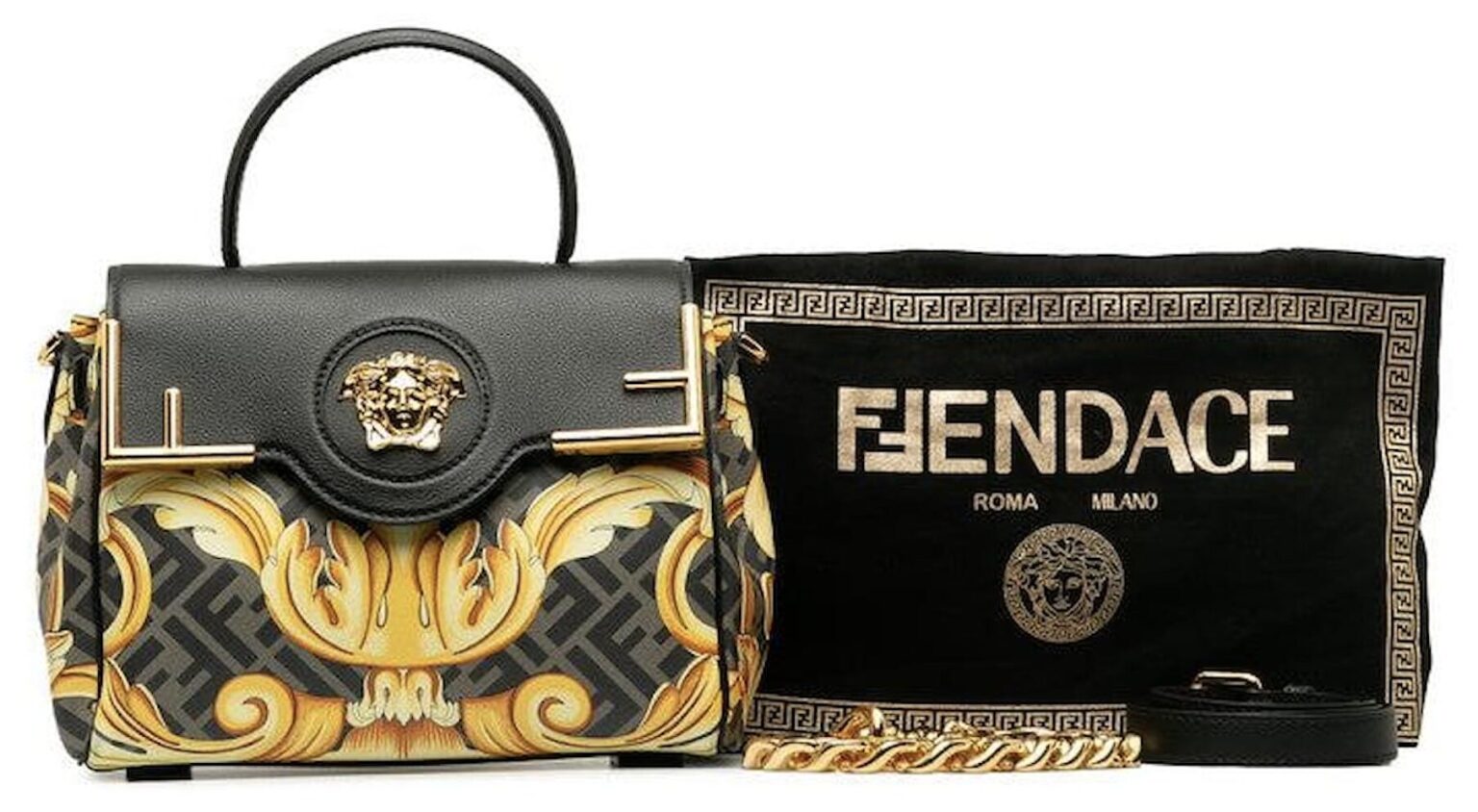“Licenses vs. collaborations – what are the differences and advantages of these different yet similar partnerships”? The question applies to creative professionals and is also aimed at brands globally. The differences and demarcations are highlighted below to provide a clearer picture. After all, do creative professionals know how to align their brands for future success?
In today’s brand world, the boundaries between creative partnerships are becoming increasingly blurred. Two forms of collaboration are particularly popular: licenses and collabs.
At first glance, both models appear similar – they involve the combination of two brands or creative identities – but on closer inspection, they differ significantly in terms of structure, objectives, and impact. If you understand the differences, you can make a more informed decision about which form of partnership is better suited to your own strategic goals.
What is a license, and what does a license mean?
A license is a contractually regulated agreement that grants rights. The owner of an intellectual property (e.g., a brand, a design, a character, or a work of art) allows a third party to use this property in return for a fee (royalty) or revenue share. The licensee can incorporate the licensed element into its product or marketing without becoming the owner.
Example: A fashion company licenses the rights to a well-known comic character to launch a capsule collection.
Advantages of licenses:
- Clear division of roles: the licensor remains the brand owner, the licensee produces.
- Scalability: Large brands can work with multiple licensees simultaneously.
- Low risk for the licensor: no production responsibility.
- Expansion of the brand context: The brand can tap into new markets or target groups.
What is a collaboration (collab)?
A collab is a joint creative partnership in which two parties work together as equals. Both parties contribute their own ideas, design inputs, and brand values. The product is the result of a joint creation, often eye-catching and emotionally charged.
Example: A streetwear brand works directly with an artist or a luxury brand on a new product that bears both logos.
Advantages of collaborations:
- Joint storytelling: Both partners tell a new story together.
- High PR and marketing value: Collabs often attract a lot of attention, especially in the fashion or lifestyle sector.
- Credibility & community building: Fans often perceive genuine collaborations as more authentic than licensed products.
- Creative freedom: Both sides experiment with each other and create something new.
| Criterion | License | Collaboration |
|---|---|---|
| Relationship | Contractual, often one-sided | Partnership at eye level |
| Creative Input | Typically driven by the licensee | Both partners shape the outcome together |
| Product Responsibility | Lies with the licensee | Shared or individual, depending on the agreement |
| Objective | Monetize brand reach | Generate creative synergies and shared value |
| Common Fields | Entertainment, merchandising, formerly fashion & lifestyle | Fashion, art, music, lifestyle |
When does what make sense?
- Licenses are ideal for brands with strong IP that can be exploited in a scalable way – e.g., through merchandise or product lines where the licensor’s creative influence can remain minimal.
- Collabs are the right choice when it comes to joint creative excellence and image cultivation – for artists, designer brands, or culturally charged brands, for example.
Conclusion: Similar but not the same
Both licenses and collaborations are powerful tools in brand building. But they pursue different strategies. Licenses build reach and sales through brand usage, while collaborations create emotional relevance, cultural positioning, and creative depth.
If you understand the differences, you can consciously shape partnerships and avoid a “collab” from looking like a nicely packaged license.
